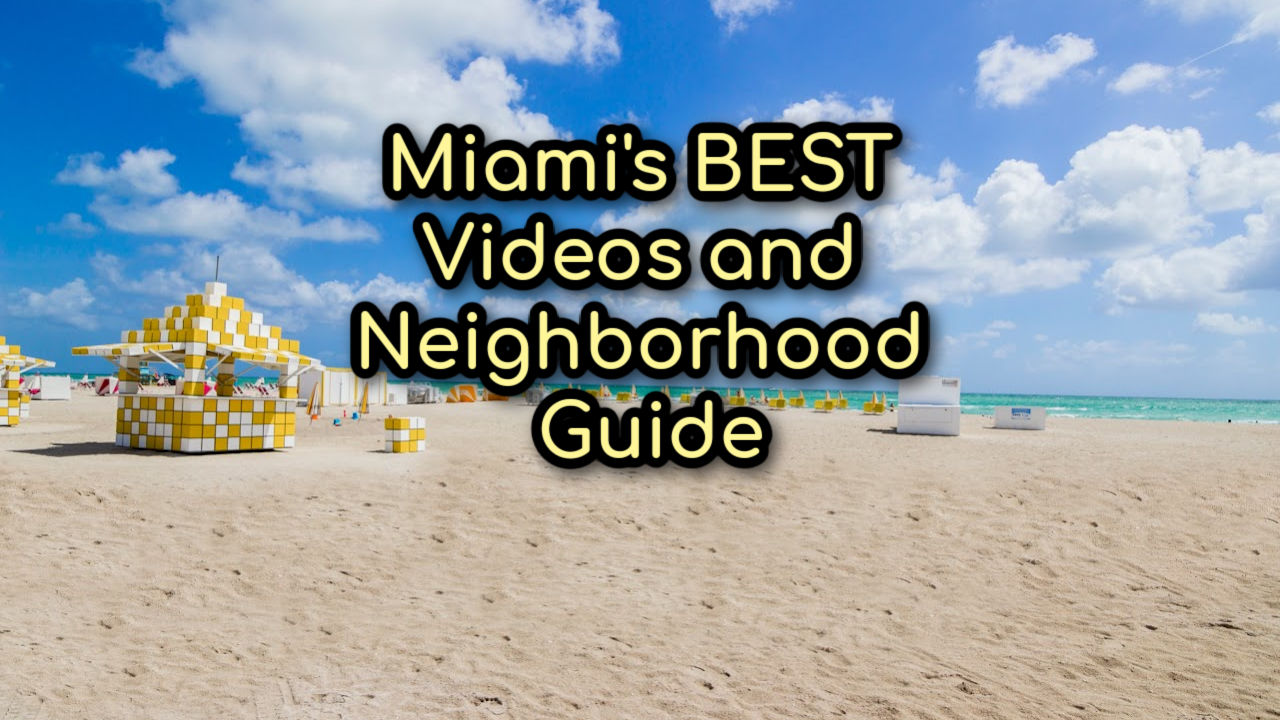Top 5 Things You May Not Know About Normandy Isle
Peel back the polished pastel facades and uncover a collection of wild stories, charming oddities, and cultural twists that make up Normandy Isle, a bay-wrapped sanctuary in the western part of North Beach.
Skip the headline hotspots and flashy photo ops as you head straight for charming layers within the core of Normandy Isle, a boater's retreat at the intersection of local flavor and coastal elegance.
With its curved streets, mid-century flair, and a waterfront that reflects more than just the sun, this island is a patchwork of eccentric architecture and laid-back living, just across the bridge from the beach's buzz.
And while it may go unnoticed by weekenders cruising toward Collins Avenue, Normandy Isle has a personality that extends far beyond its roundabouts, artful facades, and croissant-colored condos — one that sneaks up on you with every Rue and canal you didn't expect to find.
Yes, it might be low on drama, but Normandy Isle comes packed with character, contradictions, and more than a few facts that locals love to drop like plot twists.
Ready to get nitty gritty with history, street signs speak French, and artificial islands born from late-night construction marathons? We're handing you Normandy Isle's unofficial fact cheat sheet.
Here are five things you may not know about Normandy Isle.

The 24/7 Island-Making Marathon
Normandy Isle wasn't born but built, dredge by dredge, through what might be one of Miami Beach's most sleep-deprived construction projects.
In the 1920s, developer Henri Levy ran dredging crews 24 hours a day for nearly two years to turn a patch of swamp and mangroves into dry land.
That soggy speck we were talking about was once known as Warner-Meade Island, and unless you had a boat, you weren't getting there.
Levy imagined AND manifested a neighborhood, sandbar by sandbar, and the result was a new artificial island and the start of an authentic seaside community.
To seal the deal, he helped build the 79th Street Causeway, turning this once-isolated dream into a connected slice of Miami Beach.
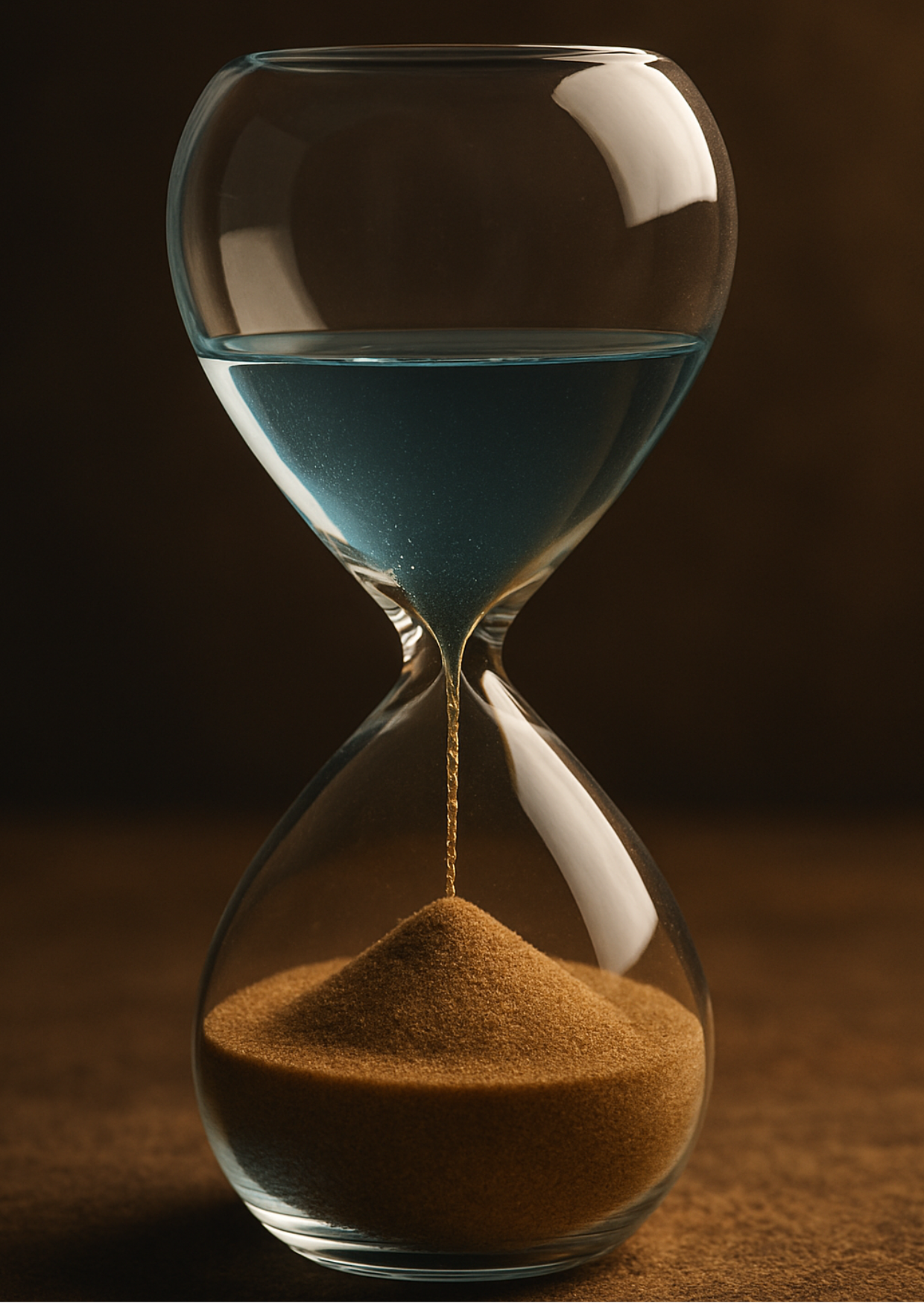.png?w=851)

Two Isles for the Price of One
While Levy's original plan was to build one grand island with a golf course right in the middle, somewhere between vision and execution, Mother Nature and budget constraints hit the brakes — and what was supposed to be one became two.
The developers finished the southern half, now known as Normandy Isle, and sold off the northern piece to the city, which eventually became Normandy Shores — yes, the one with the golf course.
So, instead of a single island with one identity, we ended up with a charming duo: one for laid-back living, the other for tee times and turf.
Indeed, sometimes the best plans are the ones that fall slightly apart, especially when they turn into waterfront real estate with a two-for-one twist.
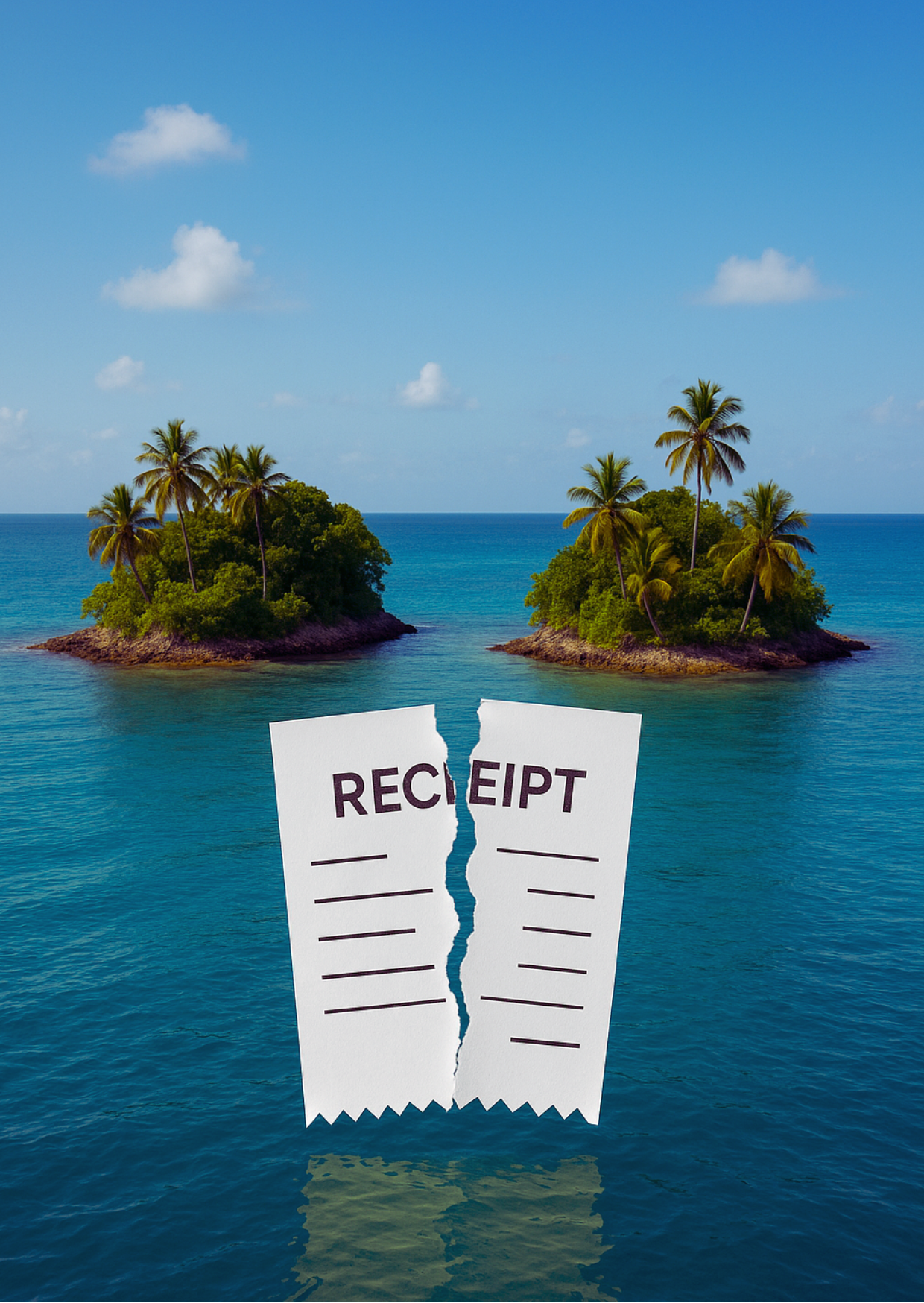.png?w=851)

Little Paris on the Bay
Take one walk down Rue Versailles, and you'll feel like Normandy Isle has a thing for France.
Well, you're not wrong — it's not a coincidence.
Its founder, Henri Levy, born in France, made sure the entire island reflected his roots, starting with the street names.
Instead of Maple or Main, you'll find Rue Bordeaux, Rue Notre Dame, and Calais Drive, not to mention the fountain plaza proudly named Place Vendôme!
It's like Paris and Miami Beach had a baby, and that baby grew up loving croissants and café con leche equally.
Normandy Isle's European vibe doesn't just add character, but gives it a unique identity within the city's grid of beachy sameness.
And if we're honest, nothing makes a street sign feel fancier than a good French accent!
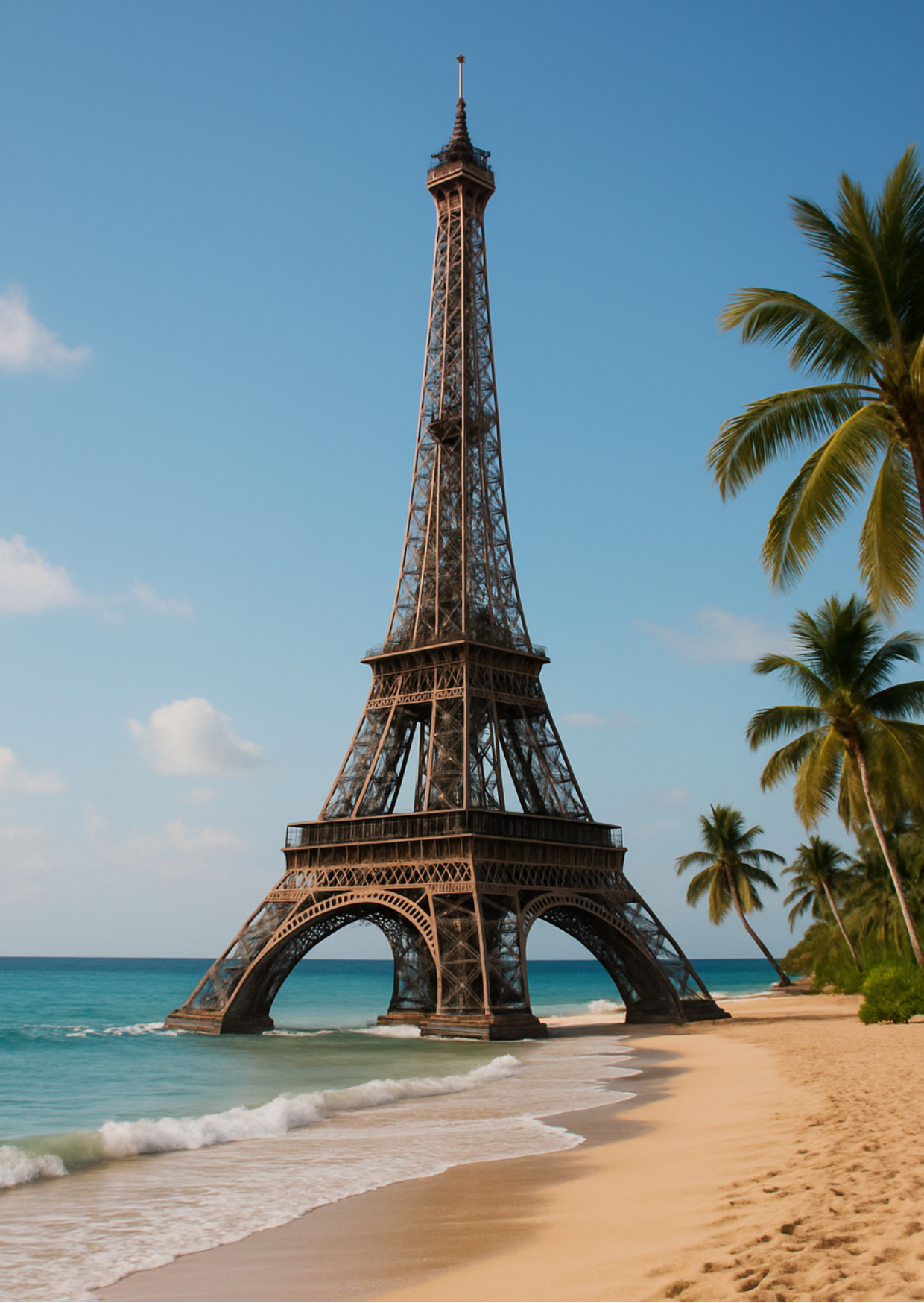.png?w=851)

Curvy Streets & MiMo Treats
If you didn't already know, Normandy Isle doesn't play by the usual Miami rules, nor do its streets.
Instead of a predictable grid, they curve and twist like garden paths, framed by palm trees and low-rise buildings in every style under the sun.
You have pastel-colored Art Deco next to Mediterranean Revival villas, with bold Miami Modern (MiMo) mid-century apartments mixed in for flair.
There's even a historic bank building with a honeycomb façade that looks like it was designed by someone on a very stylish sugar high.
The neighborhood is like an open-air architecture museum, minus the entry fee, which is also why it landed on the National Register of Historic Places.
But even if you're not an architecture buff, it's hard not to love a neighborhood that turns every block into a visual surprise.
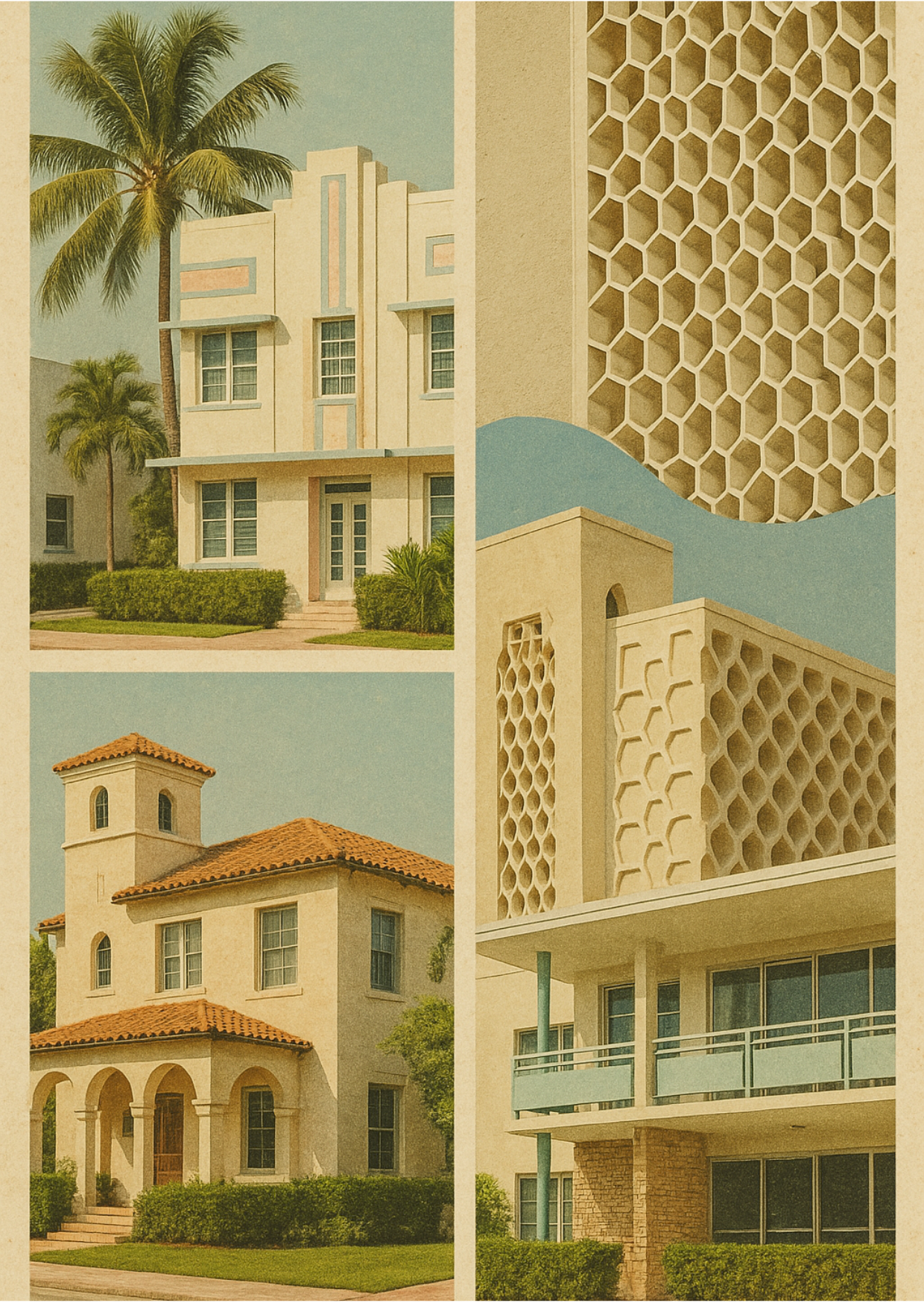.png?w=851)

Stars Among the Palms
Normandy Isle has never chased fame, but it has quietly lived here anyway.
In fact, actor Andy Garcia once called the island home when he was just a kid, growing up down the block from future sportscaster Roy Firestone.
The two likely crossed paths over pickup games and park benches long before red carpets were part of the plan — and they're not the only names, either!
Normandy Isle has played host to everyone from classical musicians to casino execs, all drawn in by its easygoing charm.
There's no paparazzi, velvet ropes, or need for VIP lists.
Just a laid-back neighborhood where future stars can blend in, proving that sometimes the most quietly charismatic places attract the brightest spotlights, without even trying.
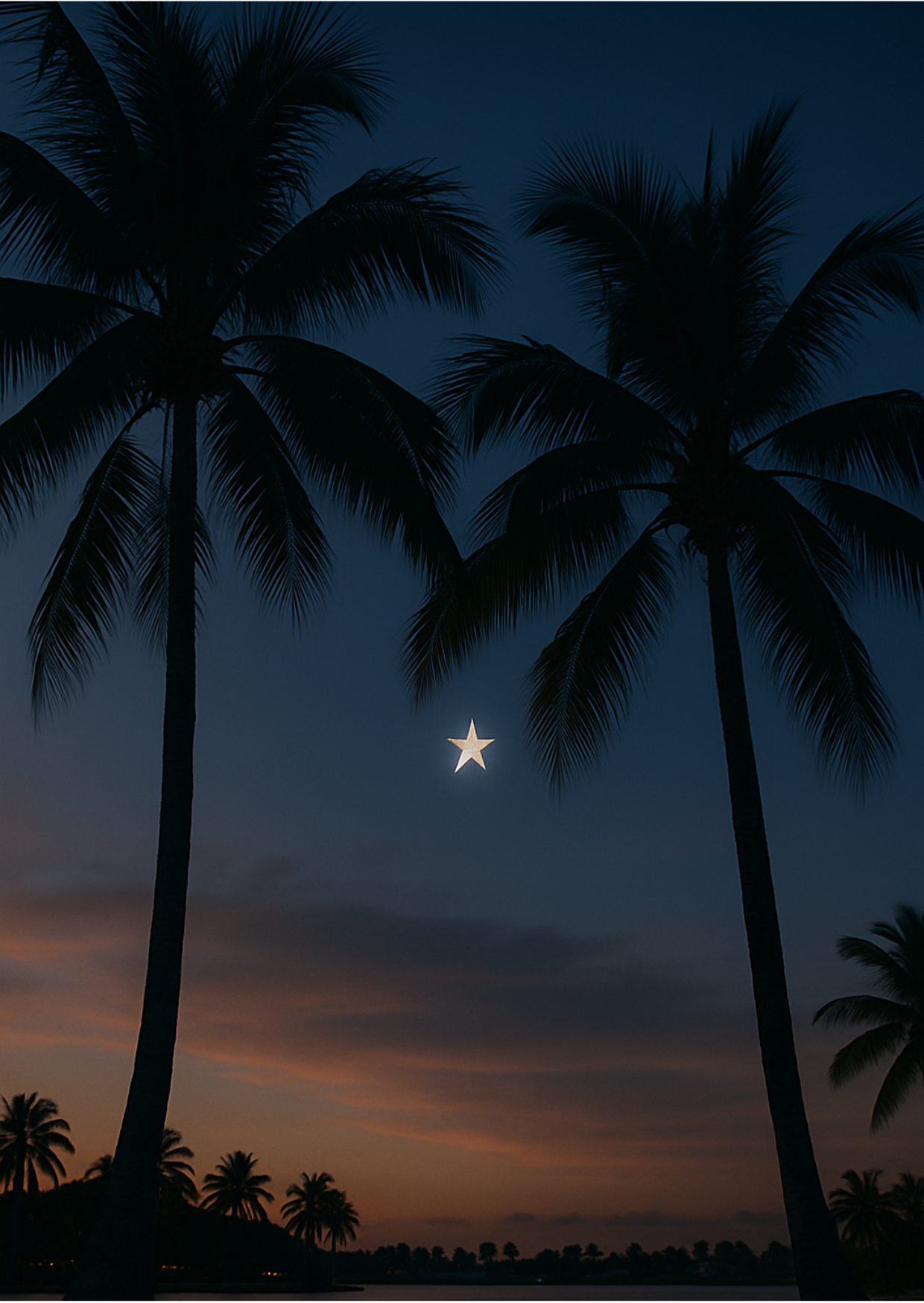.png?w=851)
The Ultimate Guide to Miami-Dade's Top 25 Gated Communities for Single-Family Homes (2024 Edition)
Discover Miami's top gated communities in this essential guide for luxury home buyers. Exp...
Miami's BEST Restaurants in EVERY Neighborhood
Check out the absolute BEST restaurants in every neighborhood of Miami, including the best...
Selling Your Home?
Who are we?
We are the ALL IN Miami Group out of Miami.
We are Colombian, Filipino, Cuban, German, Japanese, French, Indian, Irish, Syrian, and American.
We are Christian, Hindu, and Jewish.
We are many, but we are one.
We sell luxury homes in Miami, Florida.
Although some of our clients are celebrities, athletes, and people you read about online, we also help young adults find their first place to rent when they are ready to live on their own.
First-time buyers?
All the time!
No matter what your situation or price range is, we feel truly blessed and honored to play such a big part in your life.






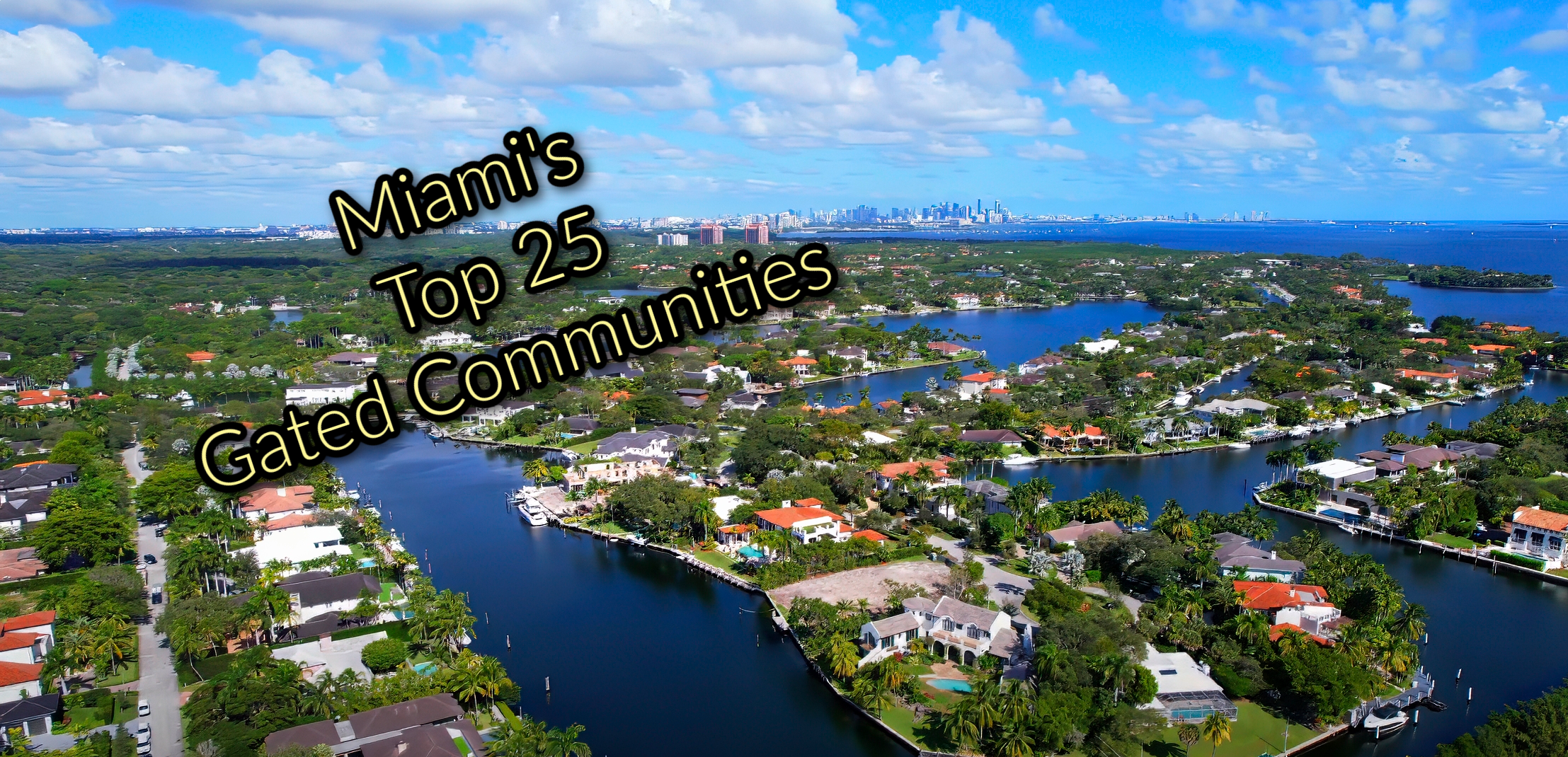.png)
